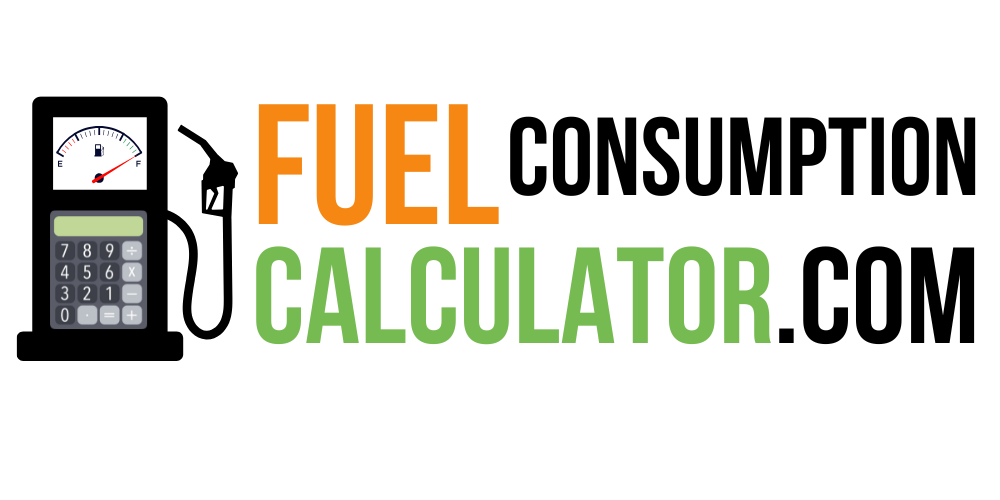How to Use Our Fuel Spend Calculator
Getting a precise cost estimate is simple. Follow these three easy steps:
- Enter Distance: Input the total distance of your trip. You can easily switch between kilometers (km) and miles.
- Add Fuel Efficiency: Enter your vehicle’s fuel consumption rate. We support all common units: Litres per 100km (L/100km), Kilometers per Litre (km/L), and Miles per Gallon (MPG). You can usually find this information in your car’s manual or on the manufacturer’s website.
- Input Fuel Price: Enter the current price of fuel in your area. You can set the price per Litre or per Gallon.
Click “Calculate,” and our tool will instantly show you the total fuel required for the trip and the total cost.
5 Actionable Tips to Reduce Your Fuel Spend
Now that you know your trip’s cost, how about lowering it? Improving your fuel efficiency doesn’t require a new car—just smarter habits.
1. Drive Smoothly and Sensibly
Aggressive driving, with rapid acceleration and hard braking, can increase fuel consumption by up to 30%. Maintain a steady speed, anticipate traffic, and coast to a stop when possible.
2. Check Your Tire Pressure
Under-inflated tires create more rolling resistance, forcing your engine to work harder. Check your tire pressure at least once a month. The correct pressure is listed on a sticker inside your driver’s side door jamb.
3. Reduce Unnecessary Weight
The heavier your car, the more fuel it burns. Remove any heavy items you don’t need from your trunk or back seat, like old sports equipment or boxes.
4. Avoid Excessive Idling
An idling car gets 0 miles per gallon. If you’re going to be stopped for more than 60 seconds, it’s more fuel-efficient to turn off your engine and restart it when you’re ready to go.
5. Plan Your Route
Use GPS apps to find the most direct and efficient route. Avoiding traffic jams, hills, and unnecessary stops will significantly reduce your fuel usage. Combining multiple errands into one trip also saves time and money.
Frequently Asked Questions (FAQ)
What’s the difference between MPG, L/100km, and km/L?
These are all units of fuel efficiency:
- MPG (Miles Per Gallon): How many miles a car can travel on one gallon of fuel. Higher is better.
- km/L (Kilometers Per Litre): How many kilometers a car can travel on one litre of fuel. Higher is better.
- L/100km (Litres per 100 kilometers): How many litres of fuel a car needs to travel 100 kilometers. Lower is better.
How accurate is this fuel cost calculator?
Our calculator is as accurate as the data you provide. For the best results, use the most precise figures for your car’s fuel efficiency and the current local fuel price. The formulas used are industry-standard for cost estimation.
Does using air conditioning (AC) really use more fuel?
Yes, it does. Running the AC puts an extra load on the engine, which can reduce fuel efficiency by 5-10% or more, especially in heavy city traffic. At highway speeds, however, using the AC is often more efficient than opening the windows, which creates aerodynamic drag.
What is a good fuel consumption figure?
This varies widely by vehicle type:
- Compact Cars: 5 – 7 L/100km (40-47 MPG) is excellent.
- SUVs / Crossovers: 8 – 11 L/100km (21-29 MPG) is considered good.
- Trucks / Large Vehicles: 12 – 15 L/100km (15-19 MPG) or more is common.
